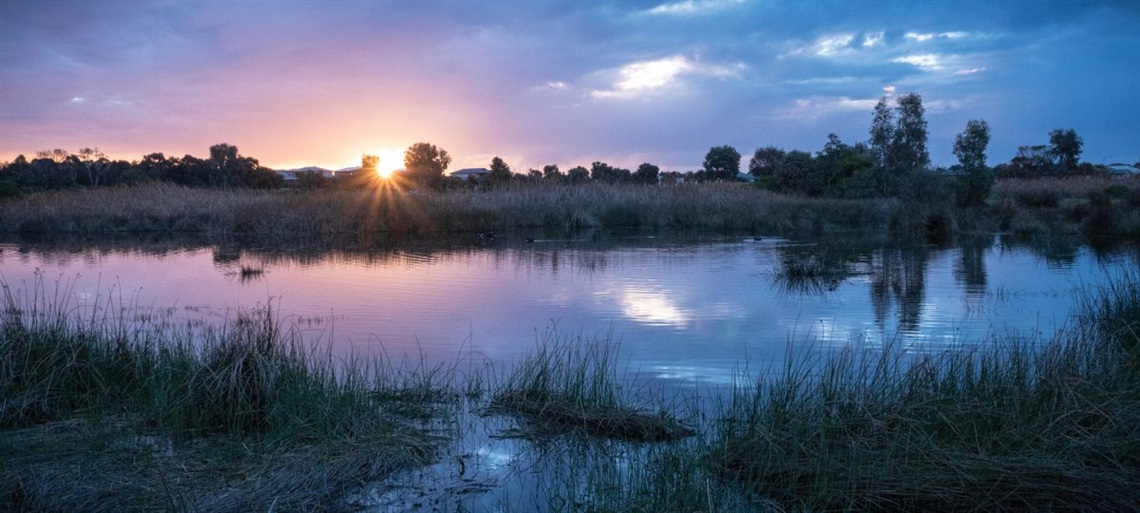
Published on 16 October 2018
Strategy for flood mitigation
In September 2016 the Onkaparinga region was saturated. It was the wettest year in decades and after months of above-average rainfall the soil was soaked, groundwater was high and the drainage system was overwhelmed, causing localised flooding in urban and rural areas.
Old Noarlunga fared the worst. Positioned on the lower reaches of the Onkaparinga River, it was the collision point of rising water levels from a high tide downstream and surging flows from the Mount Bold Reservoir upstream. There was nowhere for the river to go except over its banks to flood the picturesque town, prompting emergency services to evacuate residents.
In response, the City of Onkaparinga sought new ways to minimise the impact of flooding. With funding from the state government, the council installed a gauge at Old Noarlunga’s Patapinda Bridge to record water volumes, river flow rates, heights and velocities. Importantly, the data can be used to estimate the time it takes for coastal high tides to meander from the river mouth to Old Noarlunga, 10 kilometres away.
If there is a risk of flooding, the gauge automatically alerts the council, emergency services, SA Water and the Bureau of Meteorology, giving officials advance notice to implement flood protection plans: close floodgates and roads, broadcast warnings, sandbag, or evacuate.
There are other ways the council mitigates flood risks across its vast region.
Stormwater is treated all the way along its journey from the region’s upper boundary in the southern Mount Lofty Ranges to Gulf St Vincent. Gross pollutant traps intercept tonnes of litter – such as plastic bottles and bags – and more than 80 wetlands span Onkaparinga’s 518 square kilometre catchment to buffer runoff and cleanse the water before it reaches creeks, rivers, and the ocean. Another benefit of wetlands is that these living structures use sedimentation basins and plants to trap harmful nutrients, such as nitrogen and phosphorous, created by decomposing matter.
And this is where the community could become part of the solution. By removing litter and grass clippings from road verges and gutters we would not only stop underground pipes from blocking – a catalyst for flooding – but we would save our ocean from toxins that threaten aquatic life.
A win-win for all.
WETLANDS:
These living structures are integral to the council’s flood management strategy.